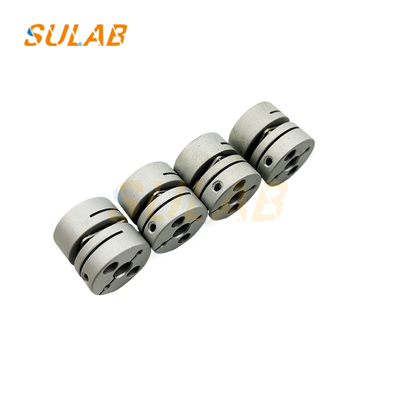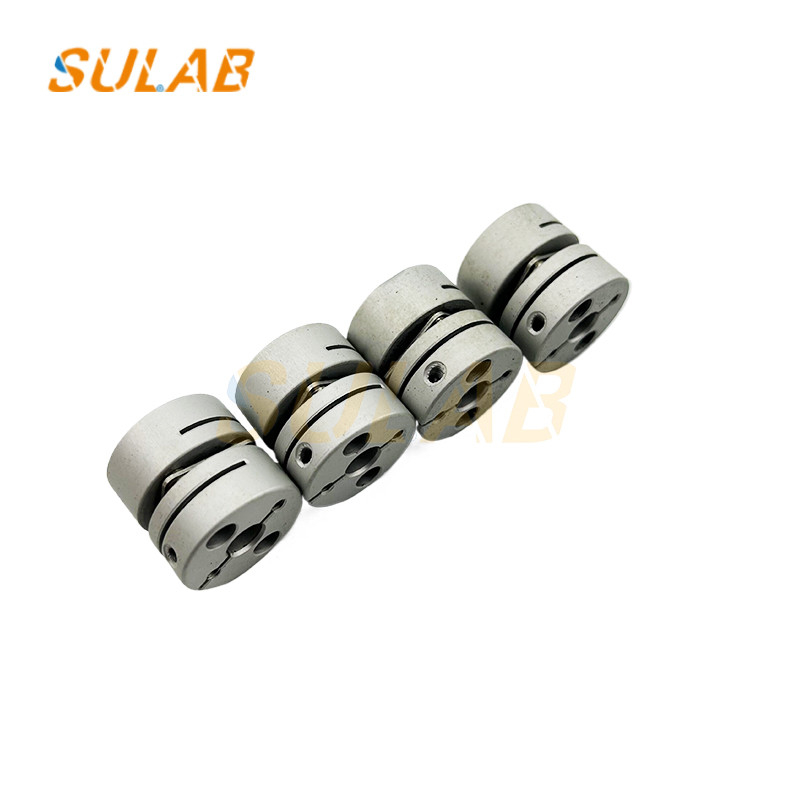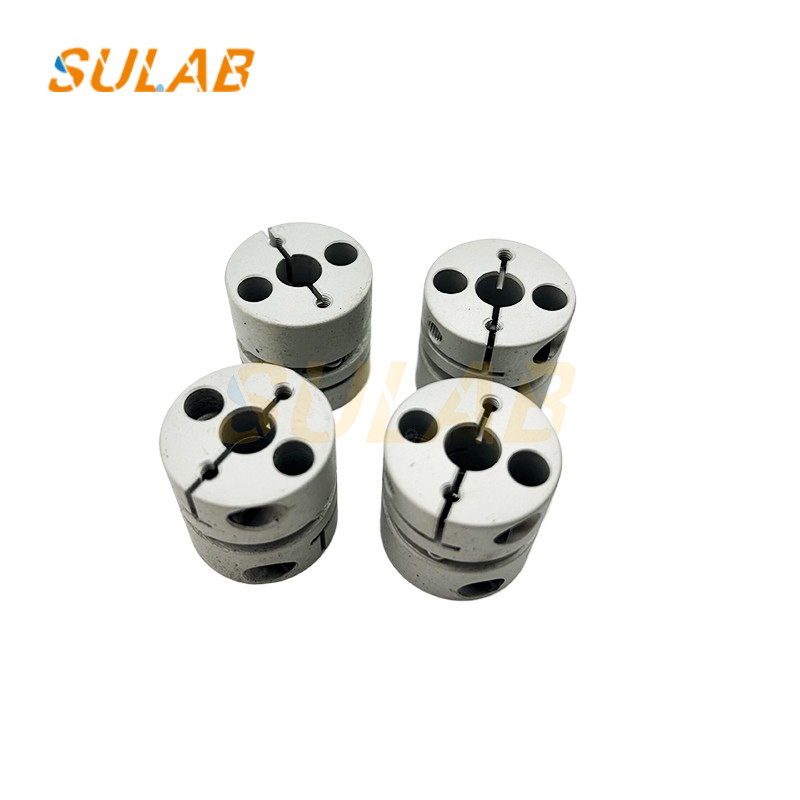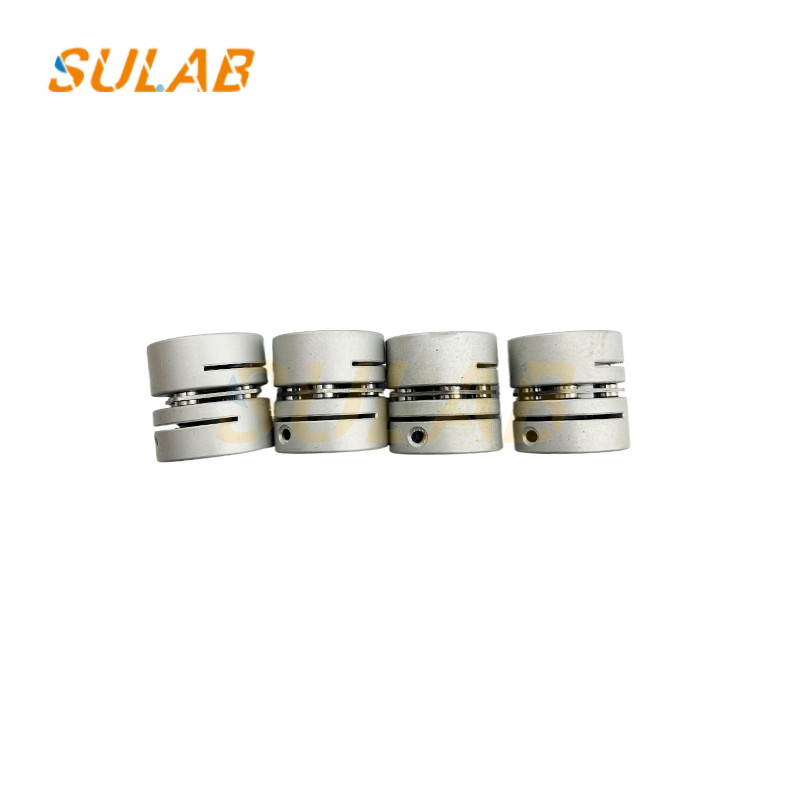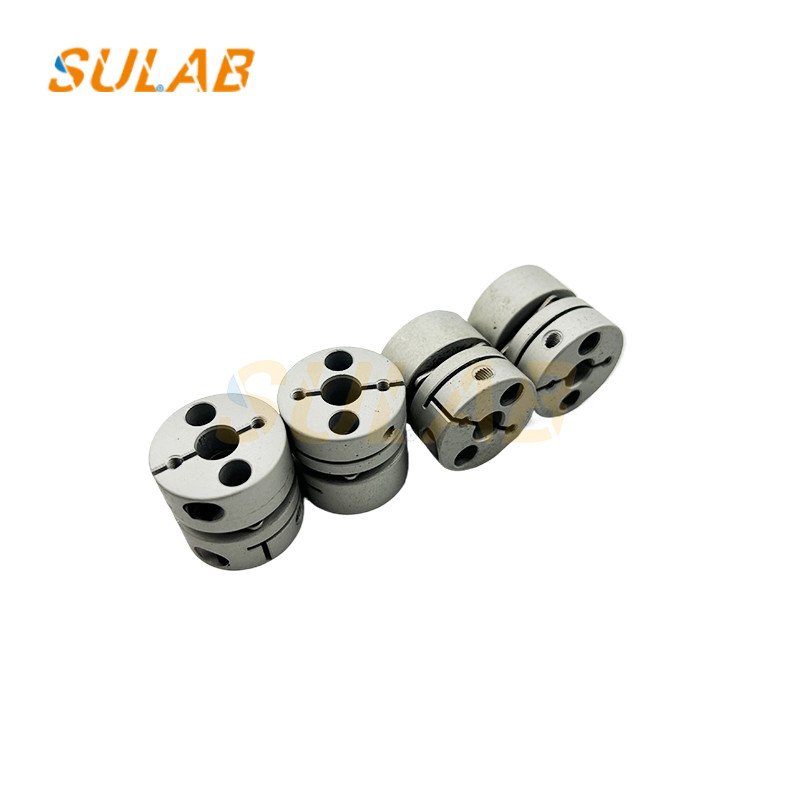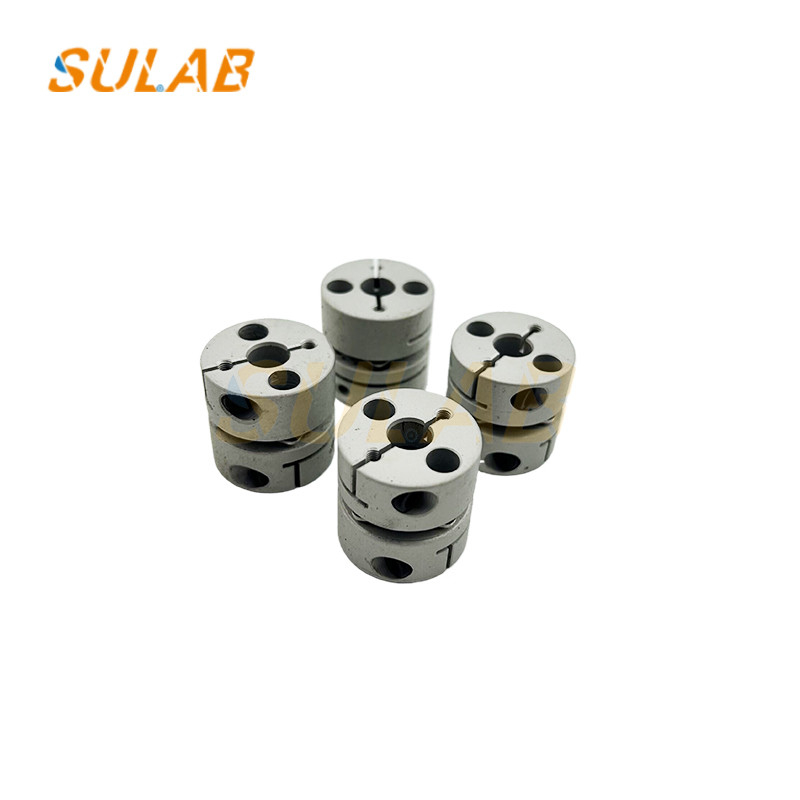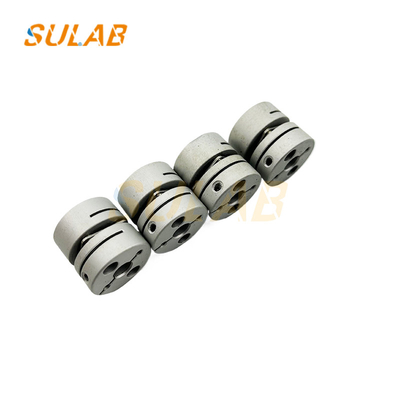
Single Diaphragm Coupling Elastic Servo Stepper Motor Screw Encoder Motor High Torque Aluminum Alloy Coupling
-
Highlight
Aluminum Alloy Coupling Servo Stepper Motor
,High Torque Servo Stepper Motor
,Screw Encoder Servo Stepper Motor
-
BrandSulab
-
DescriptionElevator Parts
-
MOQ1PC
-
TransportionTNT, UPS, DHL, Fedex, Air, Sea
-
ApplicableElevator
-
PackagesCarton, Wooden Case, Pallet Etc
-
Delivery TimeNormally 2-3 Working Days After Payment
-
WarrantyOne Year
-
Payment MethodCompany Bank, Western Union, Alibaba, Paypal Etc
-
ModelFB-9B
-
Brand NameSulab
-
Model NumberSulab
-
Minimum Order Quantity1
-
Delivery Time2-3 working days
-
Payment TermsT/T,Western Union,MoneyGram
Single Diaphragm Coupling Elastic Servo Stepper Motor Screw Encoder Motor High Torque Aluminum Alloy Coupling
Single Diaphragm Coupling Elastic Servo Stepper Motor Screw Encoder Motor High Torque Aluminum Alloy Coupling
| Brand | Sulab |
| Description | Elevator parts |
| MOQ | 1PC |
| Transportion | TNT, UPS, DHL, Fedex, Air, Sea |
| Applicable | Elevator |
| Packages | Carton, Wooden case, Pallet etc |
| Delivery Time | Normally 2-3 working days after payment |
| Warranty | One year |
| Payment Method | Company Bank, Western union, alibaba, Paypal etc |
